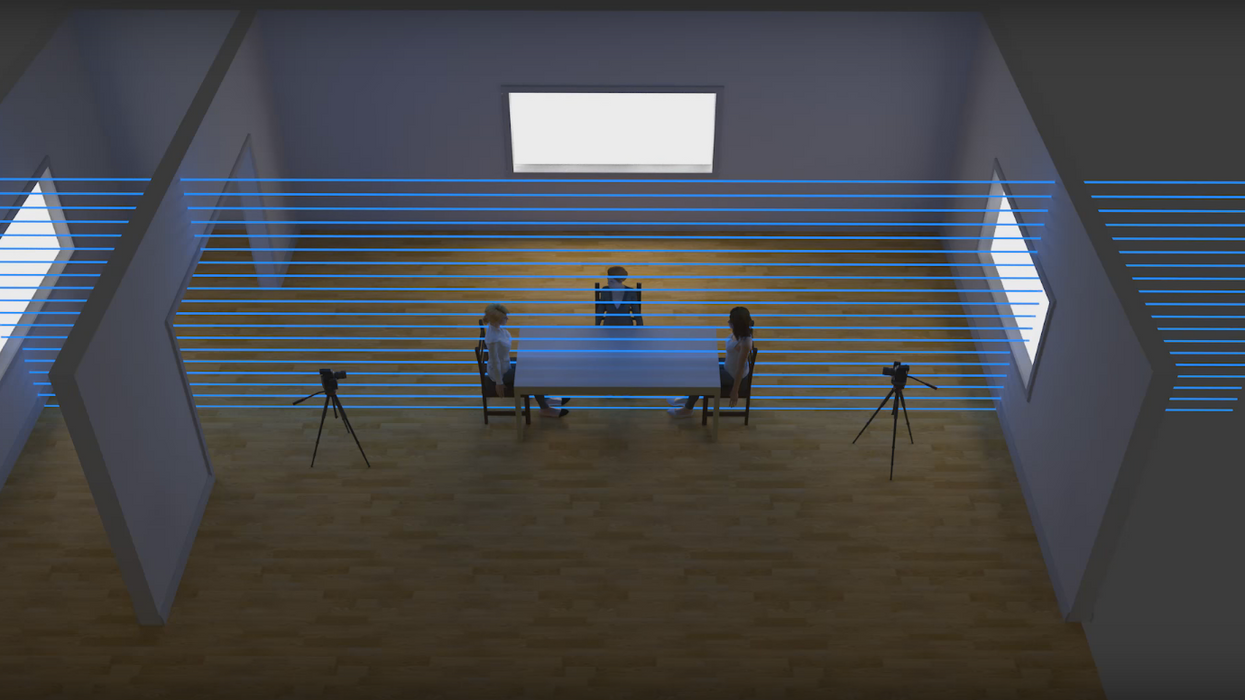How to Follow the 180-Degree Rule While Shooting Coverage
It's easy to get disoriented while shooting coverage, which is why it's important to be able to conceptualize the 180-degree rule.

When you're shooting coverage, meaning capturing the scene from many different angles, it can get kind of dizzying and difficult to keep track of that all too important imaginary line that bisects the set, the line of action. Crossing said line would mean breaking the 180-degree rule, which can be cool if that's your intention, but pretty disastrous if it's not. Here to explain this concept and how to keep your marbles while shooting is Matthew Workman of Cinematography Database:
It's definitely crucial to understand this cinematic "rule", because the line of action helps keep the viewer oriented while watching the screen, and unintentionally crossing it could leave your audience confused as to what they're seeing—in one shot a character is facing screen left as they have a conversation, and in the next they're facing screen right.
Of course, rules are meant to be broken, and plenty of filmmakers have broken the 180-degree rule to achieve different psychological and stylistic effects. One of the most notable examples comes from Stanley Kubrick's The Shining, in which Jack Torrance has a conversation with Grady in the red bathroom. Kubrick does this to put the audience on edge; it's a visual representation of the madness Jack is falling into.
But, since this is a rule you'll probably be abiding by most of the time, it'd be helpful to orient yourself before you start shooting. Drawing up diagrams is a great way of seeing where the line of action is and planning out each shot in advance to avoid any mistakes.
Source: Cinematography Database











